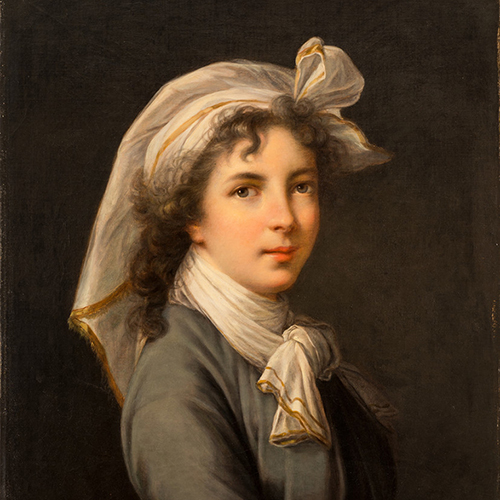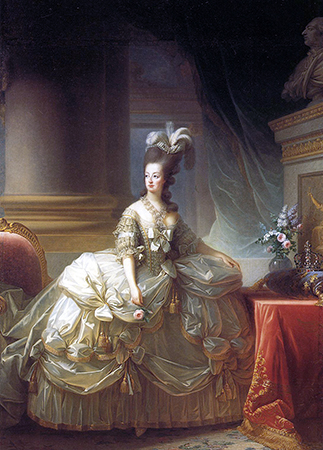Although Le Bruns artistic style is largely considered to be in line with the Rococo style her painting style adopted elements from Neoclassicism that made it consistent with the emergence of Neoclassical style art. Oil on canvas The painting expresses an alert intelligence vibrancy and freedom from care.

Elisabeth Louise Vigee Le Brun Painting Sells At Sotheby S For 7 18 M Breaking Record For Pre Modern Female Artist Artnews Com
Elisabeth Louise Vigée Le Brun was born in Paris on April 16 1755 to Louis and Jeanne née Maissin Vigée.
. Once a palace now a museum. This dispite the fact that Vigée-LeBrun had been forced to flee France in disguise and under cover of darkness during the. Elisabeth Louise Vigée Le Brun was a notable French artist from the late 18th century known for her portraiture.
Containing over 60000 works the collections of the Palace of Versailles span a very broad period. Louise Élisabeth Vigée Le Brun. ˌ r oʊ k ə ˈ k oʊ less commonly Roccoco or Late Baroque is an exceptionally ornamental and theatrical style of architecture art and decoration which combines asymmetry scrolling curves gilding white and pastel colors sculpted molding and trompe-lœil frescoes to create surprise and the illusion of motion and drama.
She created more than 600 portraits a considerable proportion of her total oeuvre of 800 paintings. LibriVox is a hope an experiment and a question. Can the net harness a bunch of volunteers to help bring books in the.
French 1755 - 1842. The collections reflect the dual identity of the Palace as both a palace occupied by the kings of France and the royal court and later a museum dedicated to the glories of France inaugurated by Louis-Philippe in 1837. Rococo r ə ˈ k oʊ k oʊ also US.
Her father was a successful artist who. Vigée Le Brun Marie Louise Élisabeth. Élisabeth Louise Vigée Le Brun 16 April 175530 March 1842 also known as Madame Lebrun or Madame Le Brun was a prominent French portrait painter of the late eighteenth century.
Élisabeth Louise Vigée Le Brun. However the hairstyle can be seen about a year. In 1781 Marie-Antoinette lost much of her hair after the birth of the dauphin.
Famous coiffeur Léonard Autie later claimed that he created for her the coiffure à lenfant which she wore along with her chemise à la reine in the famously reviled painting by Louise Elisabeth Vigée-Le Brun.
Elisabeth Louise Vigee Le Brun Self Portrait The Metropolitan Museum Of Art

Elisabeth Louise Vigee Lebrun Artist Profile Nmwa

Vigee Le Brun Self Portrait Article Khan Academy

Elisabeth Vigee Le Brun Wikipedia
Elisabeth Louise Vigee Le Brun Comtesse De La Chatre Marie Charlotte Louise Perrette Aglae Bontemps 1762 1848 The Metropolitan Museum Of Art

She Painted Marie Antoinette And Escaped The Guillotine The New York Times
Elisabeth Louise Vigee Le Brun Julie Le Brun 1780 1819 Looking In A Mirror The Metropolitan Museum Of Art

0 comments
Post a Comment